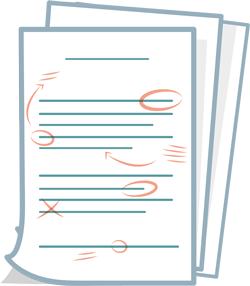Exam (elaborations)
PEDS 602 Pediatric Trauma and Accidental Injury - Chamberlain College of Nursing | PEDS602 Pediatric Trauma and Accidental Injury
- Course
- PEDS602 (PEDS602)
- Institution
- Chamberlain College Of Nursing
PEDS 602 Pediatric Trauma and Accidental Injury - Chamberlain College of Nursing PEDIATRIC TRAUMA & ACCIDENTAL INJURY ACCIDENTS in TRAUMATIC BRAIN INJURIES BY DEVELOPMENTAL STAGE • Infants – MVA, birth trauma, prematurity, shaken, Abuse, fall off table/dropped – bed? (3 ft vs 30 ft) • Toddl...
[Show more]



